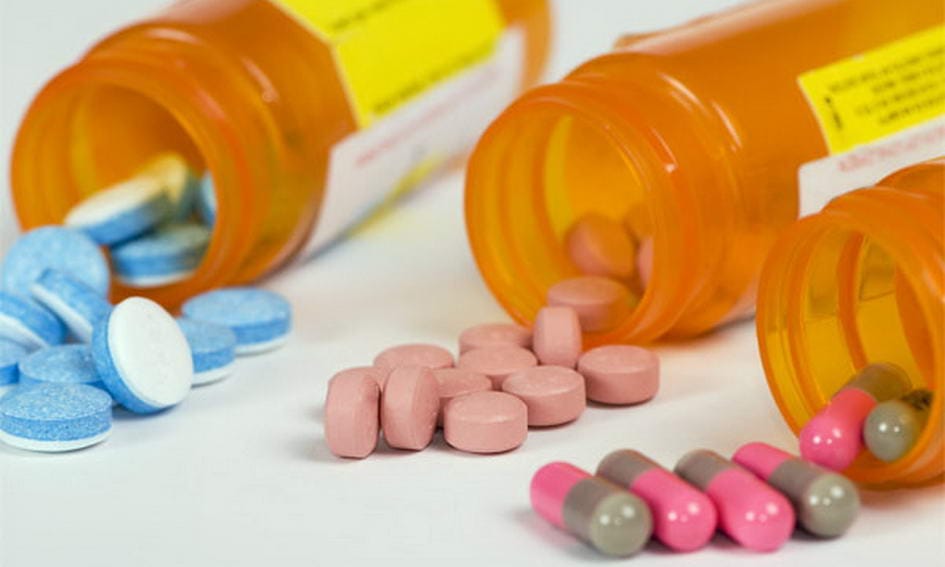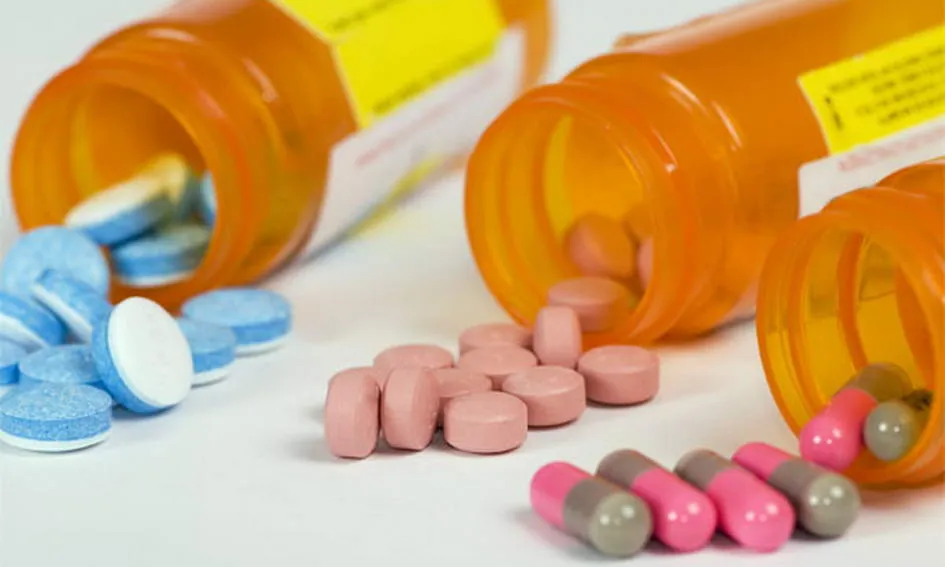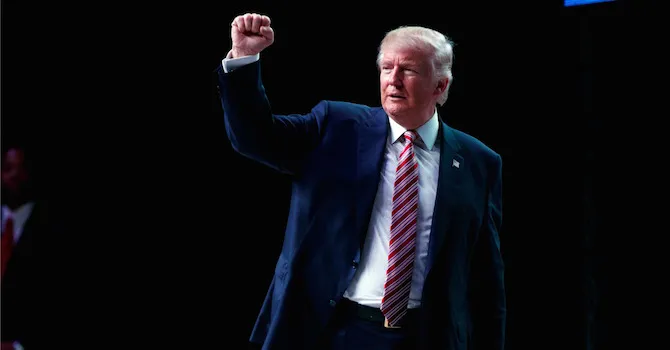
WASHINGTON — Inflation in medication costs eased last year due to spending controls and fewer new blockbusters, although there are still numerous cases of sticker shock.
Spending on prescription drugs rose 5.2% in 2015, including the effects of rebates, driven by an 18% increase in specialty drugs, noted Express Scripts Holding Co. in a recent report. The pharmacy benefits manager said it included rebates in its annual drug spending report for the first time, which shaved 2.7 percentage points off spending growth.
“Health spending growth in 2015 was considerably higher than the previous six years, yet it decelerated throughout the year, indicating that the 2015 surge was temporary,” asserted Charles Roehrig, founding director of the center for sustainable health spending at the Altarum Institute. “While the return to slower growth is comforting, we remain concerned about what rate of growth will be slow enough to be sustainable in the long run.”
In assessing sectors of drug spending, Express Scripts recently reported that the use of specialty medicines last year rose 7% and was coupled by an 11% rise in unit costs. It said specialty medications accounted for 37% of drug spending in 2015.
The pharmacy benefits manager forecasts that drug spending will increase 6.8% this year, 7.3% in 2017 and 8.4% in 2018.
The Express Scripts study noted that spending on prescription drugs for members with individual health plans created by the Affordable Care Act rose 14.6%. The rate of utilization of traditional medicines among these ACA plan members increased 8.7% while cost was up 0.7%. Use of specialty medicines in ACA plans rose 4.7% while prices increased 15.8%.
Express Scripts said that drug maker consolidation, price hikes ahead of impending patent expirations and hyperinflation on older medications without therapy class competition contributed to increased drug spending.







